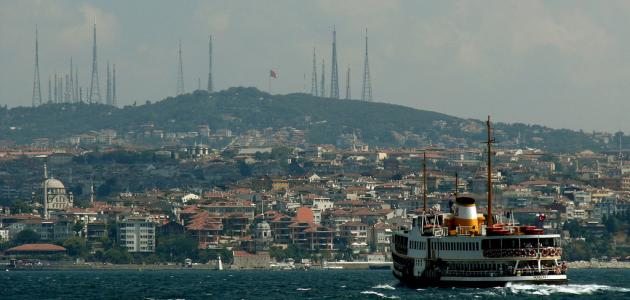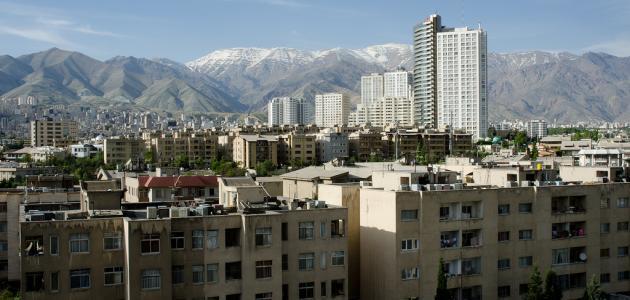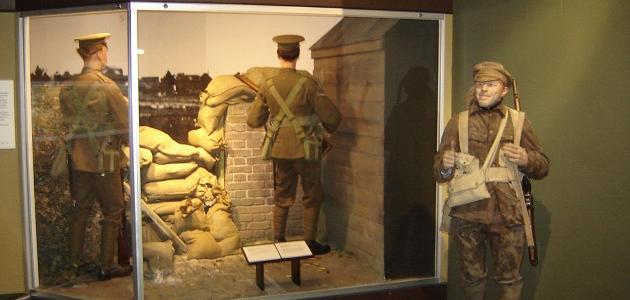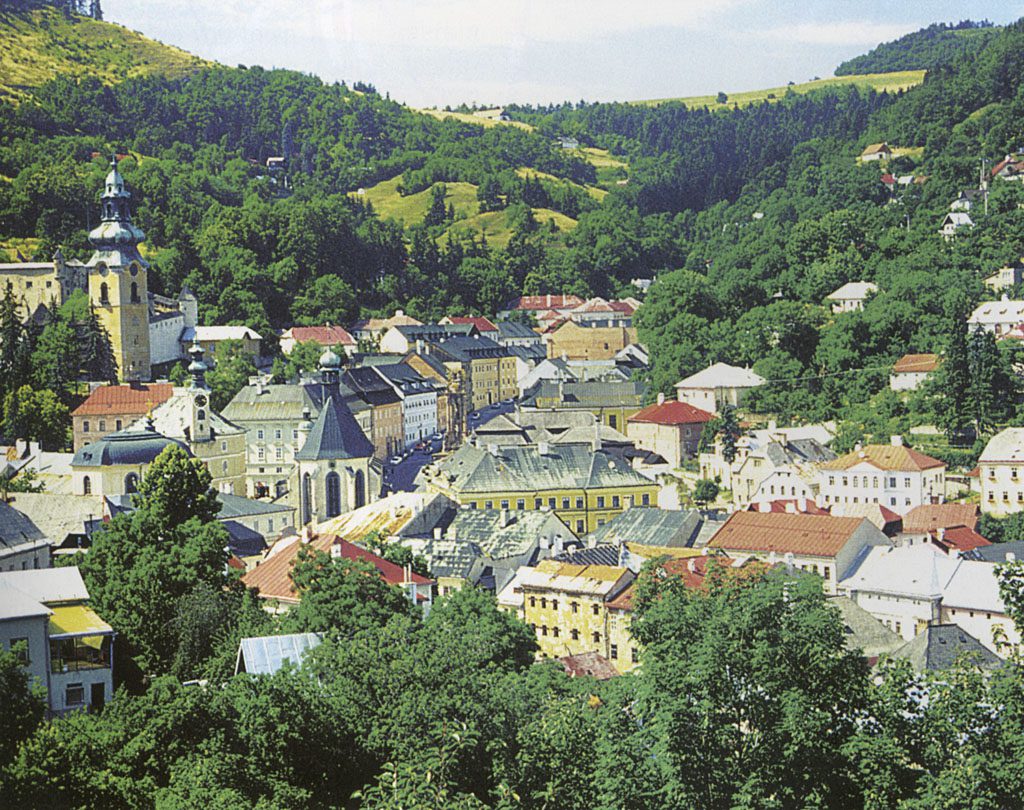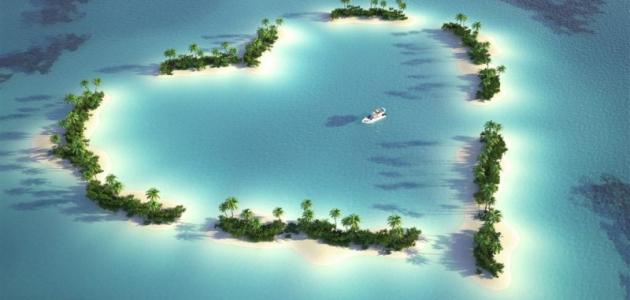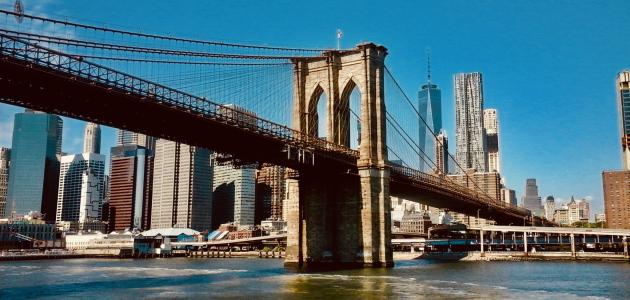Carthage
Carthage is one of the coastal cities of Tunisia, which is located in the northeastern side of the country, about (15) kilometers from the city of Tunis. Its height above the sea surface is about (57) meters, and it extends over a coastal strip for about (3) kilometers. It is bordered on the eastern side by the Mediterranean, on the north by the municipality of Sidi Abi Said, on the western side by the municipality of Al Marsa, and on the south by the municipality of Al-Karam. The area of the city is approximately (640) hectares, and there are many archaeological areas on an area of (407) hectares, which is approximately (63%) of the total area of the city. The city was also classified as a World Heritage / UNESCO list in the year 1985 AD as a tourist city with distinction Nearly one million tourists visit it annually.
Punic or Phoenician Carthage
The city was founded in 814 B.C. She founded her city from the western Mediterranean to reach the coasts of the Atlantic from Central Africa, “The city of Kart Hadasht”, but the city went through several wars, as follows:
- The First Punic War: Where it continued between (264-241) BC, and ended with the victory of the Romens and the loss of Sicily at the request of Carthage of the Peace.
- The second war: It lasted between (219-201) BC, the Carthaginian leader Hannibal was victorious and defeated the Romens.
- The third war: It lasted between (149-146) BC, in which the city of Carthage was completely destroyed by “Sibiun El-Amili”.
The most prominent monuments of Carthage
Here is a list of the most important monuments of the city of Carthage:
- Punic District: The neighborhood is located next to the National Museum of Carthage; this neighborhood was created during the era of “Hannibal”, which is a residential neighborhood.
- Antonios Baths: These baths were built on the shores of the sea in the year (145) BC, but they were destroyed by the Vandals, and they remained submerged under the soil for a long time, and were not discovered until the year (1945 AD), it comes third in the world after the italyn baths of Carcalla and the descending pools of Deso Syrian.
- Romen Homes District: It is a neighborhood that contains aristocratic houses scattered along the eastern plateau of Lydion.
- Scola building: It is the seat of a political religious association and the seat of a Christian church of a Byzantine architectural character.
- Debts: It is a theater on the northern side of the city, and it is in the shape of a rectangle but it was completely destroyed, and only the foundations and a few architectural elements remain. It was discovered in (1900 AD).
- Romen Carthage theater: It was constructed during the beginning of the second century BC on the “Odeon” plateau, with architecture, motifs and semicircular terraces.


